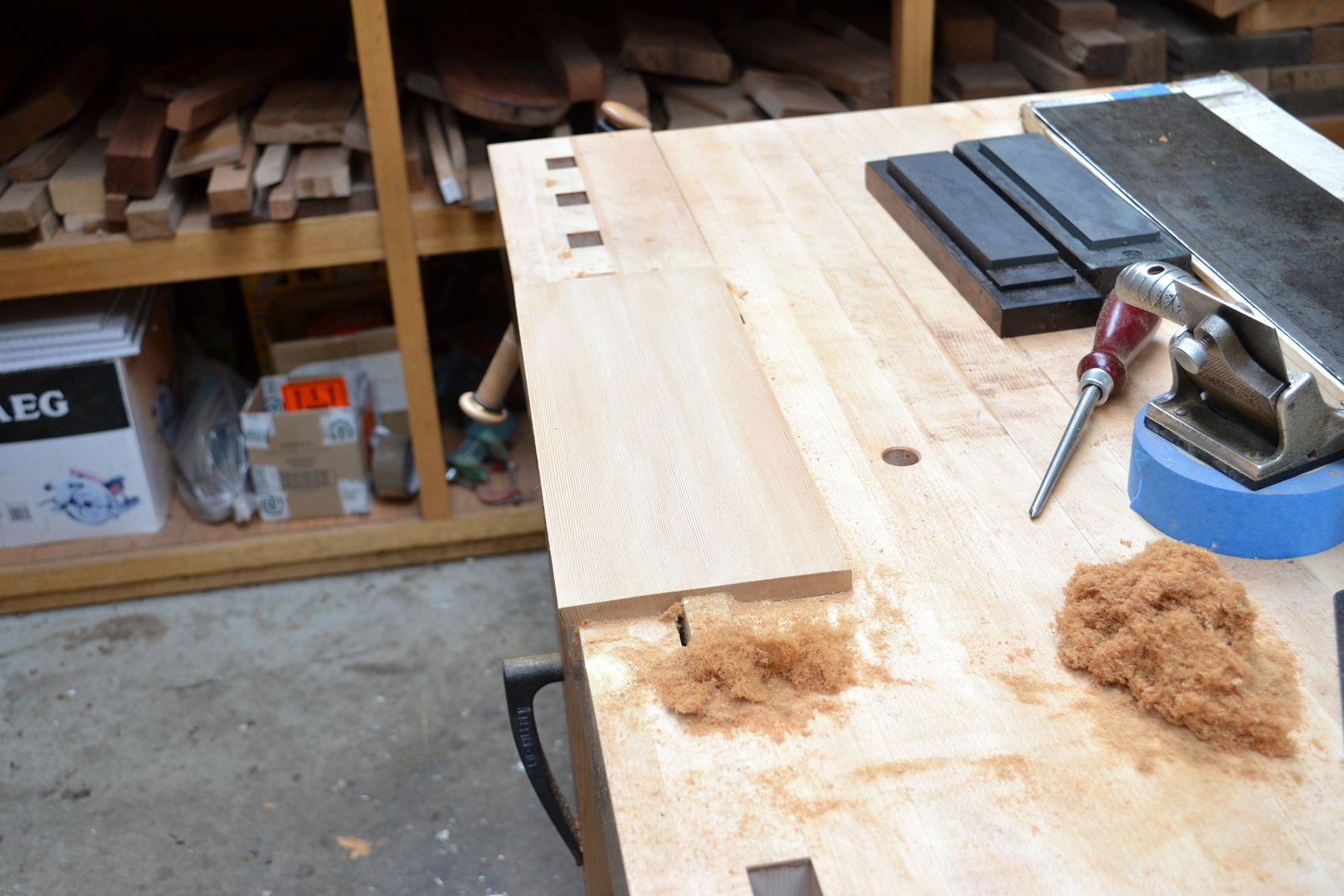woodbrains
Established Member
Hello,
If the Rider version of the 80 really does have a blade hardened to Rc 63, then how can it be burnished? Do Axminster really just expect the user to hone the blade like a plane?
I have the Veritas version of the 112, which has an extra knob to put a bow in the blade, which the LN and original Stanley ones do not. I like the Veritas.
Mike.
If the Rider version of the 80 really does have a blade hardened to Rc 63, then how can it be burnished? Do Axminster really just expect the user to hone the blade like a plane?
I have the Veritas version of the 112, which has an extra knob to put a bow in the blade, which the LN and original Stanley ones do not. I like the Veritas.
Mike.






